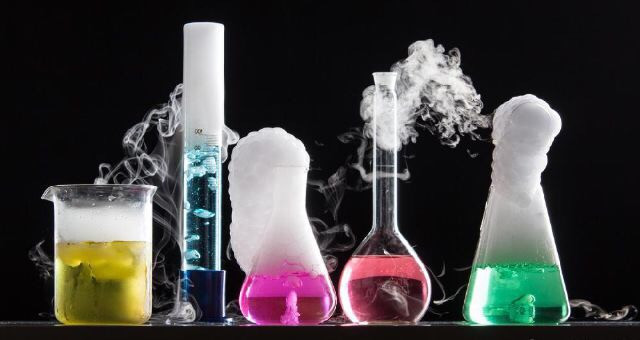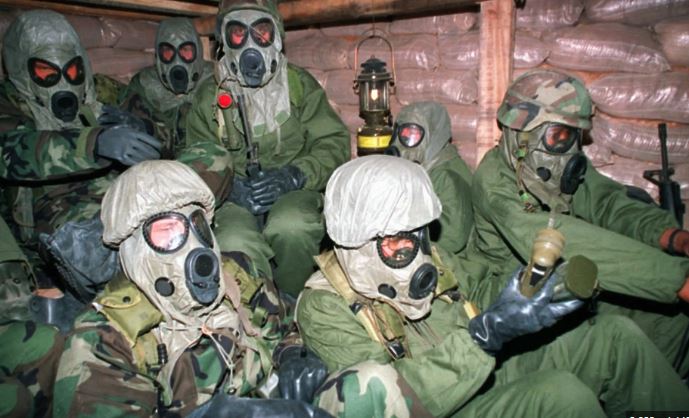Thermodynamics is a branch of physical chemistry that deals with the study of energy changes during chemical reactions and physical processes. It provides a framework for understanding how energy is transferred and transformed in chemical systems. This guide introduces key concepts in thermodynamics, including enthalpy, entropy, and Gibbs free energy.
What is Thermodynamics?
Thermodynamics examines how energy changes influence chemical reactions and physical processes. It involves the study of heat, work, and the transformation of energy from one form to another.
The Laws of Thermodynamics
1. First Law of Thermodynamics (Law of Energy Conservation):

Thermodynamics: Energy Changes in Chemistry
- Statement: Energy cannot be created or destroyed, only transformed from one form to another. The total energy of an isolated system remains constant.
- Mathematical Expression: ΔU=Q−W\Delta U = Q – W where ΔU\Delta U is the change in internal energy, QQ is the heat added to the system, and WW is the work done by the system.
2. Second Law of Thermodynamics:
- Statement: The total entropy of an isolated system always increases over time. Entropy is a measure of disorder or randomness in a system.
- Mathematical Expression: ΔSuniverse>0\Delta S_{\text{universe}} > 0 where ΔSuniverse\Delta S_{\text{universe}} is the change in entropy of the universe.
3. Third Law of Thermodynamics:
- Statement: As the temperature of a system approaches absolute zero, the entropy of a perfect crystal approaches zero. This law establishes a reference point for measuring entropy.
- Mathematical Expression: limT→0S=0\lim_{T \to 0} S = 0
Enthalpy (H)
1. Definition: Enthalpy is a measure of the total heat content of a system at constant pressure. It accounts for both internal energy and the energy required to displace the surrounding atmosphere.
2. Changes in Enthalpy (ΔH):
- Exothermic Reactions: Release heat to the surroundings (ΔH<0\Delta H < 0).
- Endothermic Reactions: Absorb heat from the surroundings (ΔH>0\Delta H > 0).
3. Mathematical Expression: ΔH=Hproducts−Hreactants\Delta H = H_{\text{products}} – H_{\text{reactants}}
Example: The combustion of methane (CH4CH_4) is an exothermic reaction with a negative ΔH\Delta H, releasing energy as heat: CH4+2O2→CO2+2H2O+EnergyCH_4 + 2O_2 \rightarrow CO_2 + 2H_2O + \text{Energy}
Entropy (S)
1. Definition: Entropy is a measure of the disorder or randomness in a system. It reflects the number of possible microscopic configurations that correspond to a system’s macroscopic state.
2. Changes in Entropy (ΔS):
- Increase in Entropy: Associated with an increase in disorder, such as melting of ice or vaporization of a liquid.
- Decrease in Entropy: Associated with a decrease in disorder, such as freezing of a liquid.
3. Mathematical Expression: ΔS=Sproducts−Sreactants\Delta S = S_{\text{products}} – S_{\text{reactants}}
Example: The melting of ice increases entropy as solid ice (low entropy) transforms into liquid water (higher entropy): H2O(s)→H2O(l)H_2O(s) \rightarrow H_2O(l)
Gibbs Free Energy (G)
1. Definition: Gibbs free energy combines enthalpy and entropy to predict the spontaneity of a reaction at constant temperature and pressure. It is a measure of the maximum reversible work that can be performed by a system.
2. Changes in Gibbs Free Energy (ΔG):
- Spontaneous Reactions: ΔG<0\Delta G < 0 (the reaction occurs spontaneously).
- Non-Spontaneous Reactions: ΔG>0\Delta G > 0 (the reaction does not occur spontaneously).
- Equilibrium: ΔG=0\Delta G = 0 (the system is at equilibrium).
3. Mathematical Expression: ΔG=ΔH−TΔS\Delta G = \Delta H – T \Delta S where TT is the absolute temperature in Kelvin.
Example: The formation of water from hydrogen and oxygen gases is a spontaneous reaction with a negative ΔG\Delta G: 2H2+O2→2H2O2H_2 + O_2 \rightarrow 2H_2O
Thermodynamic Processes
1. Isothermal Process: Occurs at constant temperature. The internal energy change is zero (ΔU=0\Delta U = 0).
2. Adiabatic Process: Occurs without heat exchange with the surroundings. The change in heat (QQ) is zero.
3. Isobaric Process: Occurs at constant pressure. The change in enthalpy (ΔH\Delta H) is equal to the heat added or removed.
4. Isochoric Process: Occurs at constant volume. The work done (WW) is zero, and the change in internal energy (ΔU\Delta U) equals the heat added or removed.
Real-World Applications
Thermodynamics is essential in various fields:
- Engineering: Designing efficient engines, refrigerators, and chemical reactors.
- Environmental Science: Understanding energy changes in natural processes and climate systems.
- Biology: Analyzing energy changes in metabolic processes and enzyme function.
Conclusion
Thermodynamics provides a comprehensive framework for understanding energy changes in chemical reactions and physical processes. By studying enthalpy, entropy, and Gibbs free energy, you gain insights into the spontaneity and efficiency of reactions, applicable in both scientific research and practical applications.




